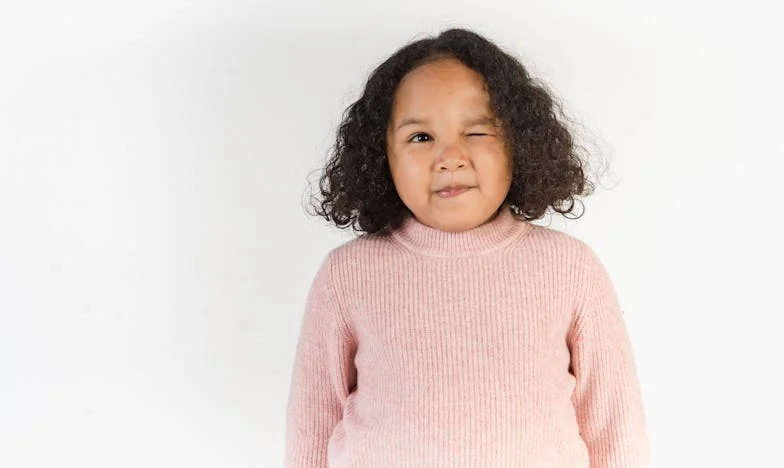Nurturing Growth: Positive Discipline Strategies for Toddlers and Preschoolers
In the journey of parenting, disciplining toddlers and preschoolers presents a unique set of challenges and opportunities. The goal of positive discipline is not just to stop undesirable behavior but to teach children how to regulate their emotions and interact with the world in a respectful and appropriate manner. This article explores practical strategies for implementing positive discipline with real-life examples from families like those of Michael, Timothy, Jeremy, Bailey, Stephanie, and Natalie.
Understanding the Why Behind the Behavior
Before diving into discipline strategies, it’s crucial to understand why children act out. Often, behaviors that seem problematic are developmentally appropriate responses to frustration, fatigue, or overwhelming emotions. For instance, when three-year-old Bailey refused to share her toys during a playdate, her parents realized it wasn’t selfishness but a lack of understanding of sharing concepts. By calmly explaining and modeling sharing behavior, Bailey’s parents helped her learn how to take turns, transforming a challenging moment into a learning opportunity.
Setting Clear Boundaries and Expectations
Children thrive on routine and knowing what is expected of them. Stephanie and her partner found that setting clear, consistent boundaries for their four-year-old son, Jeremy, significantly reduced tantrums. They established a simple routine for mealtimes, playtimes, and bedtimes, and communicated these expectations in a language Jeremy could understand. When he knew what was coming next, Jeremy felt more secure and was less likely to act out.
Positive Reinforcement Over Punishment
Focusing on positive reinforcement encourages good behavior without breaking the child’s spirit. Natalie discovered the power of positive reinforcement with her two-year-old daughter, who was struggling with potty training. Instead of expressing frustration at accidents, Natalie praised her daughter for every small success, which motivated her to keep trying. This approach not only boosted her daughter’s confidence but also strengthened their bond.
Teaching Emotional Regulation
Toddlers and preschoolers are at a stage where they’re just beginning to understand their emotions. Michael learned to help his son, Timothy, manage his feelings by naming them. When Timothy got upset because he couldn’t play outside due to rain, Michael acknowledged his disappointment, saying, “I see you’re sad because we can’t go to the park today.” Acknowledging Timothy’s feelings and offering alternatives helped him learn to cope with disappointment in a healthy way.
Leading by Example
Children are keen observers and often mimic the behavior of adults around them. When parents practice patience, empathy, and respect in their interactions, children learn to do the same. For example, when Jeremy witnessed his parents resolving a disagreement through calm discussion, he learned valuable lessons in communication and conflict resolution.
Conclusion
Positive discipline is about guiding and teaching, not punishing. By understanding the reasons behind behaviors, setting clear expectations, using positive reinforcement, teaching emotional regulation, and leading by example, parents can foster a nurturing environment where toddlers and preschoolers can grow into empathetic, self-regulated individuals. The experiences of Michael, Timothy, Jeremy, Bailey, Stephanie, and Natalie illustrate that while the journey of parenting is filled with challenges, it is also replete with opportunities for growth and learning—for both children and parents alike.
